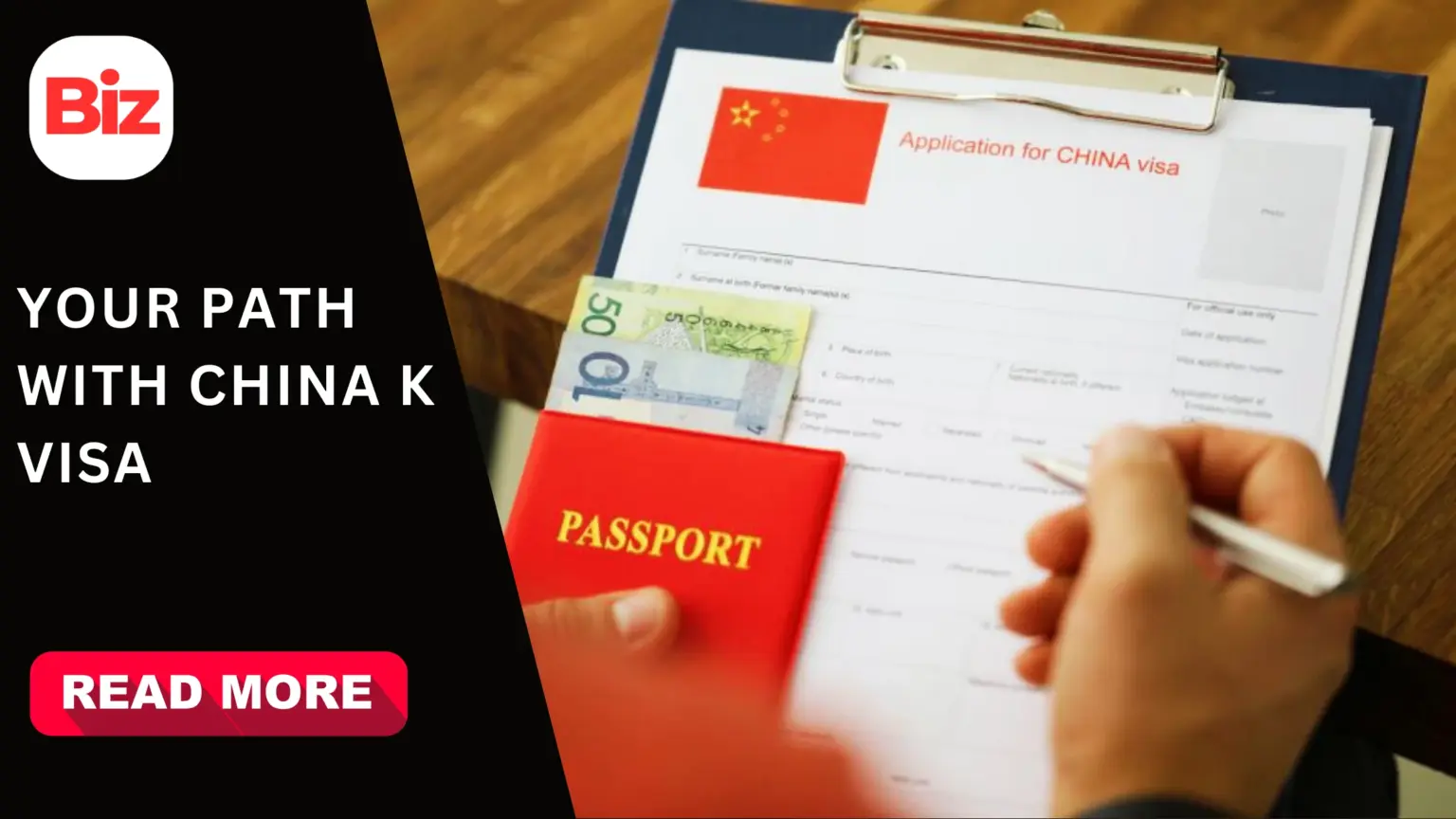- What the New K visa is
- Who the China K Visa Targets: Practical Eligibility
- How the K Visa Differs from Current Categories
- K Visa vs Ordinary Chinese Visa
- Practical Advantages — Who Benefits and Why
- Policy Context and Strategic Intent
- Market and Geopolitical Implications
- What Applicants and Institutions Should Prepare Now?
- Possible Challenges and Caveats
- Quick Comparison: What to Expect Versus Work or Student Visas
- Conclusion
- Recommended For You
China introduced a new visa category aimed at young science and technology professionals. The change takes effect on October 1, 2025 and creates a focused route for early-career STEM graduates and researchers to enter and work with much greater flexibility than before.
What the New K visa is
The State Council amended the entry-exit regulations to add a K visa specifically for young sci-tech talent. Officials said the visa will sit alongside the existing ordinary categories but will offer more generous entry frequency, validity and permitted stay. Holders may take part in education, research, cultural exchange, entrepreneurship and related business activities after arrival.
Who the China K Visa Targets: Practical Eligibility
The policy targets “young” science and technology professionals. Typical candidates include recent STEM graduates with at least a bachelor’s degree from recognized universities and young professionals engaged in teaching or research at accredited institutions. Authorities will set precise age, education and experience thresholds and will publish the supporting document list through Chinese embassies and consulates.
How the K Visa Differs from Current Categories
China’s ordinary visa system previously recognised a dozen categories (work, study, business, family, etc.). The K visa adds a purpose-built pathway for early-career STEM people who do not yet have formal employment in China. It removes the normal requirement for a domestic sponsor or inviter at the application stage. It also broadens allowable activities and can provide more flexible validity, multiple entries, and longer permitted stays than many ordinary visas.
K Visa vs Ordinary Chinese Visa
K visa vs ordinary Chinese visa options will be helpful once the detailed rules arrive. In short, ordinary work visas usually need an employer, while the K visa aims to let individuals enter, explore, and collaborate without immediate corporate sponsorship.
Practical Advantages — Who Benefits and Why
The K visa creates new mobility for several groups:
- Fresh STEM graduates who want to join projects or pursue startups in China without first securing a salaried offer.
- Independent researchers and visiting scholars who need short-to-medium stays for collaboration or fieldwork.
- Universities and research centres that want to host young international talent more easily.
These points encapsulate the core Benefits of the China K visa for applicants and hosts: less bureaucracy at application, multi-entry flexibility, and a broader scope of permitted professional and academic activity. Such features make short exploratory visits and project-based stays simpler than before.
Policy Context and Strategic Intent
The policy fits into China’s broader Talent Power Strategy. Policymakers want to strengthen innovation by drawing in and engaging the next wave of scientists and engineers. The K visa complements existing high-level pathways (for example, the R visa) by focusing on early-career entrants. Officials framed the change as part of ongoing visa-rule streamlining to promote international exchange.
Market and Geopolitical Implications
The K visa arrives at a moment of shifting global mobility dynamics. Proposed changes to US H-1B costs and evolving immigration rules in other markets have created potential demand for alternatives. Observers and media have noted that China’s new route could attract applicants from South Asia and beyond, particularly those weighing costly or uncertain options elsewhere. That creates both opportunity and competition for global STEM talent flows.
What Applicants and Institutions Should Prepare Now?
Details such as the exact age cap, precise qualifying institutions, the duration of permitted stay, and residency follow-ups will appear in implementation rules. Until those guidelines arrive, prudent steps include:
- Gather and authenticate academic records, recommendation letters, and research outputs.
- Track guidance from Chinese embassies and consulates in your country.
- Consider early contact with a qualified immigration adviser or the mobility team in your organisation.
- For institutions: map how hosting K visa holders would interact with local HR and compliance processes.
Employers and universities should monitor the guidance closely and prepare supporting documentation for candidates.
Possible Challenges and Caveats
The headline features look promising. But practical outcomes will depend on the fine print and implementation. Key risks include:
- How “young” will be defined in practice, and whether non-traditional career paths will qualify.
- How local governments will process and prioritise applications.
- Measures around IP, data security and sensitive sectors.
- Whether local incentives and integration supports (housing, research funding) will materialise uniformly across regions.
Applicants and host organizations should exercise patience until national and consular rules are released and plan for possible variations in local practice.
Quick Comparison: What to Expect Versus Work or Student Visas
- Work (Z) visa: normally needs employer sponsorship and labour/permit approvals.
- Study (X) visa: tied to an enrolment offer and school procedures.
- K visa: aims to let qualified young STEM talent enter without a sponsor and take part in a wider set of exchanges.
K visa vs ordinary Chinese visas will become more useful once the implementation guidance provides durations and validity windows. For now, the K visa looks designed for flexible, early-career mobility.
Conclusion
The K visa marks a strategic pivot: China wants to deepen ties with the next generation of global STEM talent. If authorities follow through with clear, accessible application processes and reasonable integration support, the visa could reshape short-term mobility and even career decisions for many young professionals. Watch consular announcements and prepare your documents now.








